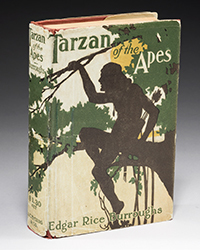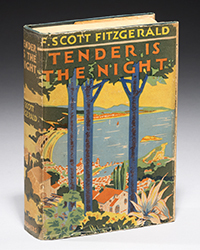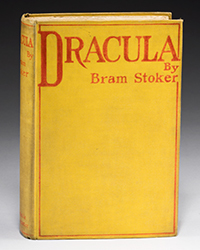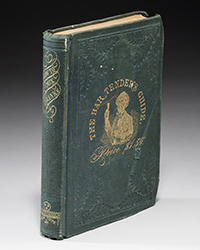If James Gilbert Baker had been as good at shooting a basketball, swinging a bat, or reading lines before a camera, as he was in his chosen field, you would know him well. However, he was a scientist, and though his contributions to mankind were greater than those of the typical athlete or actor, science is a behind the scenes field. Indeed, much of his career found Baker behind a camera, rather than in front of one, though he was not a filmmaker in Hollywood either. He designed lenses that captured images at great distances, either pointed toward the sky, or pointed from the sky toward the earth. He worked both to expand our knowledge of the universe and help keep America safe during the hot war of the 1940s, and the cold war that followed. We might also mention that Mr. Baker possessed a library in his field, and material from that library is now being offered to the public by Eveleigh Books.
James Baker was born in Louisville, Kentucky, in 1914. Eighteen years later, he went off to the University of Louisville as a mathematics major. It was there that he developed a keen interest in astronomy. It was this interest that would lead him to his career in developing optical lenses. He wanted to better understand the mysteries of the universe, and his means to discovery was visible light. The result was that he became an optical physicist, serving both science and his country. He went on to graduate school at Harvard after he graduated from Louisville, but with the advent of the war, he was called on to provide his burgeoning skills for the defense of the country. He developed wide-angle lenses for the “Victory Lens” project, used for aerial reconnaissance of the enemy. Baker not only designed lenses, but participated in many of the test flights.
After the war, Baker returned to Harvard as an associate professor, briefly moved to California, and by 1950 returned to Harvard. He was the first to use a computer to perform calculations needed for optical design. This would have been one of those gigantic machines that do less than your cell phone can today – even your dumb cell phone, but this was the 1940s and it was cutting edge. The 1950s saw Baker setting up a series of satellite-tracking cameras, before the Russians launched Sputnik, the first satellite. The cameras fortunately were already in place and ready to track the Russian device when, to the chagrin of America, it was launched before our country had anything in space. We would not be second again.
At this time, Dr. Baker was also designing wide-angle lenses and cameras designed to conduct surveillance from high-altitude aircraft. They would be the basis for surveillance conducted from the U-2 airplanes. These aircraft would fly very high over enemy territory to photograph military installations and movement below. Today, such surveillance is routinely and legally conducted by satellite, but in the 1950s, it required the use of airplanes flying over enemy territory, a violation of that country's air space. It was hoped the planes would go unnoticed at their high altitude, but one such flight turned into a major international incident when American U-2 pilot Francis Gary Powers was shot down while conducting a mission over territory of the Soviet Union.
In the late 1960s, Dr. Baker was called upon for assistance by Dr. Edwin Land, inventor of the “Land Camera,” and founder of the company that produced it, Polaroid. Polaroid cameras produced immediate photographs, using chemicals and paper that produced a finished picture in about a minute. Land's earlier cameras required opening the camera and removing the film, but Land wanted a camera that could be folded up, and when opened and used, spit out a finished photograph. However, the process of being able to fold the camera required a complex series of lenses and mirrors to focus the image on the film as well as provide the user with a viewfinder. Land felt Dr. Baker was the man who could accomplish this feat. The result was the model SX-70, an enormously popular design that survived until digital photography effectively made it obsolete.
James Gilbert Baker lived until 2005, when he died at the age of 90. Baker possessed a working library, with a focus on optics, astronomy, and physics. Nevertheless, there are some surprises that evidently interested the scientist, such as David Chandler's Campaigns of Napoleon. The Mind and Method of History's Greatest Soldier. Perhaps genius appreciates genius. Parts of that library are now being sold to the public. Eveleigh Books & Stamps of Dover, Massachusetts, has issued a catalogue of The James Gilbert Baker Collection. It contains 181 books from his library.
Among the items in the collection is Baker's copy of Theodore Dunham Jr.’s Report on Quantitative Studies and Observations of Factors Limiting Resolution of Aerial Photographs, Parts II and III. Dunham was an astrophysicist who, like Baker, spent time at Harvard and is best known as the man who discovered that the atmosphere of Venus was not like that of earth, primarily composed of carbon dioxide. The discovery dashed hopes that the cloudy planet was inhabitable. This work includes documents that at one time were strictly classified. Many of the books in the collection are signed by James G. Baker.
For a catalogue listing of the Baker Collection, you may contact Eveleigh Books at 508-785-0931 or estein300@aol.com. Their website is found at www.eveleighbooks.com.


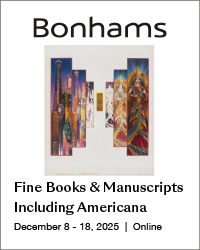

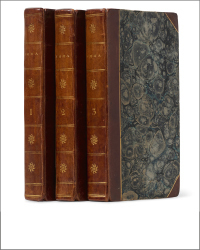
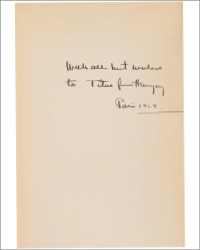
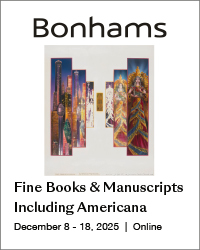
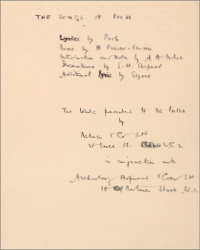

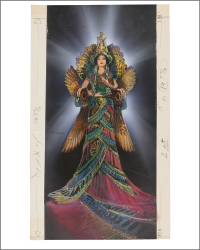
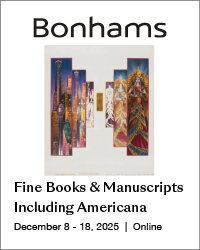
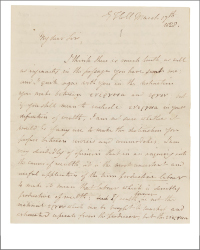
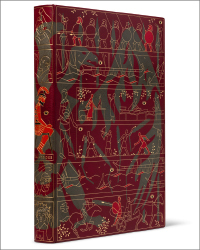
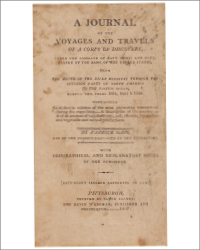
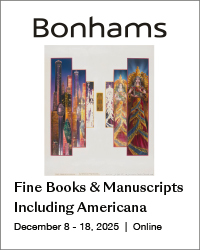
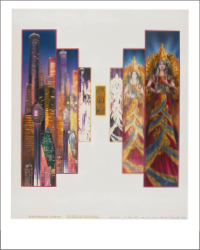
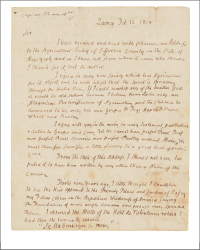

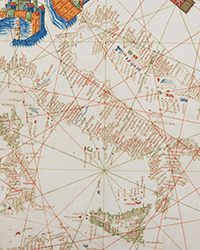
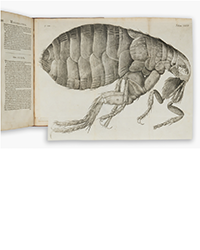
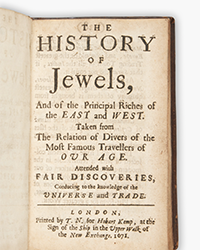
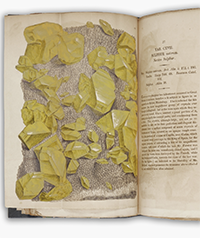
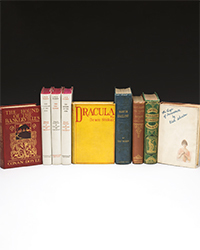
![<b>Heritage, Dec. 15:</b> John Donne. <i>Poems, By J. D. With Elegies on the Author's Death.</i> London: M[iles]. F[lesher]. for John Marriot, 1633. <b>Heritage, Dec. 15:</b> John Donne. <i>Poems, By J. D. With Elegies on the Author's Death.</i> London: M[iles]. F[lesher]. for John Marriot, 1633.](https://ae-files.s3.amazonaws.com/AdvertisementPhotos/8caddaea-4c1f-47a7-9455-62f53af36e3f.jpg)
